Abstract: This application note explains how Maxim's broad portfolio of high-performance ICs makes it much easier for OEMs to implement infotainment architectures that are both relevant to current consumer offerings and robust enough for the automotive environment.
Automotive OEMs are struggling to determine the correct architecture to deliver these services at reasonable costs and quality. As costs continue to increase for both hardware and software development, it is becoming more difficult to keep pace with the performance and functionality demanded by consumers. Further exacerbating matters, OEMs must deploy cost-effective solutions that are scalable from low-end cars to high-end luxury vehicles, with development costs dispersed over many different platforms and car models.
For video transmission, Maxim's LVDS transceivers significantly reduce solution cost while delivering rugged ESD protection, DC balancing, and superb EMI performance. The MAX9257/MAX9258 bidirectional serializer/deserializer (SerDes) chipset eliminates the need for a CAN or LIN interface in automotive video applications. The chipset allows the use of lower cost cables and connectors. Forming a complete digital video link over a single differential line or twisted-wire pair, the chipset converts up to 18 bits of parallel data into a high-speed serial data stream.
Rear-seat entertainment systems also benefit from Maxim's high-integration solutions, such as the MAX7461 single-channel loss-of-sync (LOS) alarm. This device provides composite video sync detection in NTSC, PAL, and SECAM standard-definition television (SDTV) systems. The MAX7461's advanced detection circuitry delivers robust performance by preventing false LOS alarms due to noise. It thus eliminates the microcontroller required by traditional LOS monitoring systems.
The MAX2170/MAX2171 direct-conversion to low-IF tuners allow designers to support digital radio (DAB), mobile TV (T-DMB), and FM signals with a single tuner. The tuners achieve a high level of component integration, enabling low-power, tuner-on-board designs. Additionally, they are compatible with most of the world's major RF standards, allowing ease of reuse and worldwide implementation.
The MAX15004/MAX15005 power-supply controllers integrate output overvoltage protection to prevent damage to vacuum fluorescent displays (VFDs). The controllers operate from an automotive input-voltage range of 4.5V to 40V (load dump). They support an input voltage down to 2.5V after startup if VCC is supplied by an external bias voltage. These controllers integrate all the building blocks necessary for implementing fixed-frequency isolated/nonisolated power supplies.
For backlighting LCD applications, the MAX16826 high-brightness (HB) LED driver provides designers with an extremely rugged and flexible solution. This device can withstand load-dump transients up to 40V and can operate under cold-crank conditions. Additionally, it features an I²C interface to minimize system implementation cost and enhance flexibility. The I²C interface allows dynamic programming of the switching regulator's output voltage and the amplitude of the LED current in each channel. This capability maximizes the power efficiency of the LED driver circuit and allows the system manufacturer to accommodate LED binning variations.
The MAX15006/MAX15007 low-dropout linear regulators are ideal solutions for always-on applications. These devices operate from an input voltage of 4V to 40V, deliver up to 50mA of output current, and consume only 10µA of quiescent current at no load. An internal p-channel pass device keeps the quiescent current as low as 90µA (typ) even at full load. The MAX15007 consumes only 3µA current when in shutdown.
Maxim's portfolio of ICs optimized for infotainment applications is much wider than this brief article can present. For more information and a complete listing of related products, readers are encouraged to visit the automotive listings on our website.
Introduction
Automotive consumers continue to demand enhanced infotainment platforms that integrate both support for safety features, such as navigation and communication services, and a wide array of consumer electronics. In the past, these features were high-margin, luxury items not available in a wide range of vehicles. Now, however, consumers have begun demanding many of these features in lower-priced models as well.Automotive OEMs are struggling to determine the correct architecture to deliver these services at reasonable costs and quality. As costs continue to increase for both hardware and software development, it is becoming more difficult to keep pace with the performance and functionality demanded by consumers. Further exacerbating matters, OEMs must deploy cost-effective solutions that are scalable from low-end cars to high-end luxury vehicles, with development costs dispersed over many different platforms and car models.
Getting the Most Value from Added Features
Maxim's broad portfolio of high-performance ICs makes it much easier for OEMs to implement infotainment architectures that are both relevant to current consumer offerings and robust enough for the automotive environment. By leveraging its proprietary process technologies and design expertise, Maxim provides highly integrated solutions that reduce component count, save space, and, in the end, dramatically simplify designs.For video transmission, Maxim's LVDS transceivers significantly reduce solution cost while delivering rugged ESD protection, DC balancing, and superb EMI performance. The MAX9257/MAX9258 bidirectional serializer/deserializer (SerDes) chipset eliminates the need for a CAN or LIN interface in automotive video applications. The chipset allows the use of lower cost cables and connectors. Forming a complete digital video link over a single differential line or twisted-wire pair, the chipset converts up to 18 bits of parallel data into a high-speed serial data stream.
Rear-seat entertainment systems also benefit from Maxim's high-integration solutions, such as the MAX7461 single-channel loss-of-sync (LOS) alarm. This device provides composite video sync detection in NTSC, PAL, and SECAM standard-definition television (SDTV) systems. The MAX7461's advanced detection circuitry delivers robust performance by preventing false LOS alarms due to noise. It thus eliminates the microcontroller required by traditional LOS monitoring systems.
The MAX2170/MAX2171 direct-conversion to low-IF tuners allow designers to support digital radio (DAB), mobile TV (T-DMB), and FM signals with a single tuner. The tuners achieve a high level of component integration, enabling low-power, tuner-on-board designs. Additionally, they are compatible with most of the world's major RF standards, allowing ease of reuse and worldwide implementation.
Infotainment Systems Demand Robust Protection
A critical consideration in automotive designs is ensuring the seamless operation of infotainment systems during cold-crank, load-dump, and starting/stopping conditions. Designed to withstand these harsh operating conditions, many of Maxim's automotive ICs integrate robust protection features, thus enabling simpler designs while ensuring reliable operation.The MAX15004/MAX15005 power-supply controllers integrate output overvoltage protection to prevent damage to vacuum fluorescent displays (VFDs). The controllers operate from an automotive input-voltage range of 4.5V to 40V (load dump). They support an input voltage down to 2.5V after startup if VCC is supplied by an external bias voltage. These controllers integrate all the building blocks necessary for implementing fixed-frequency isolated/nonisolated power supplies.
For backlighting LCD applications, the MAX16826 high-brightness (HB) LED driver provides designers with an extremely rugged and flexible solution. This device can withstand load-dump transients up to 40V and can operate under cold-crank conditions. Additionally, it features an I²C interface to minimize system implementation cost and enhance flexibility. The I²C interface allows dynamic programming of the switching regulator's output voltage and the amplitude of the LED current in each channel. This capability maximizes the power efficiency of the LED driver circuit and allows the system manufacturer to accommodate LED binning variations.
Always-On Functions Always Consume Power
With the increasing number of always-on applications (such as anti-theft systems, keyless-entry receivers, and tire-pressure monitoring systems), designers must continue to reduce quiescent current consumption.The MAX15006/MAX15007 low-dropout linear regulators are ideal solutions for always-on applications. These devices operate from an input voltage of 4V to 40V, deliver up to 50mA of output current, and consume only 10µA of quiescent current at no load. An internal p-channel pass device keeps the quiescent current as low as 90µA (typ) even at full load. The MAX15007 consumes only 3µA current when in shutdown.
Maxim's portfolio of ICs optimized for infotainment applications is much wider than this brief article can present. For more information and a complete listing of related products, readers are encouraged to visit the automotive listings on our website.
 电子发烧友App
电子发烧友App










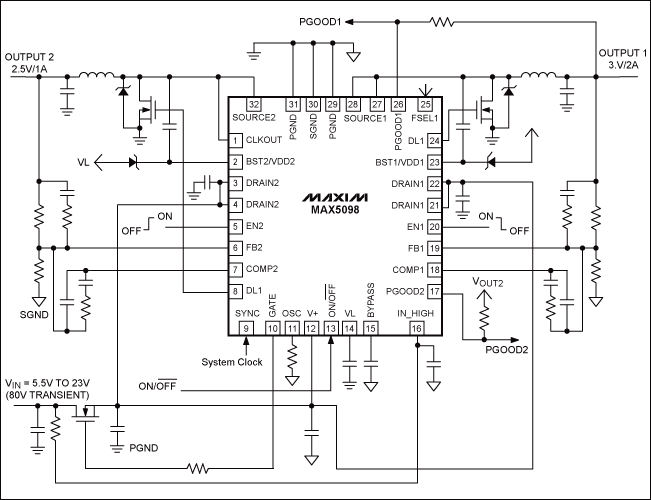
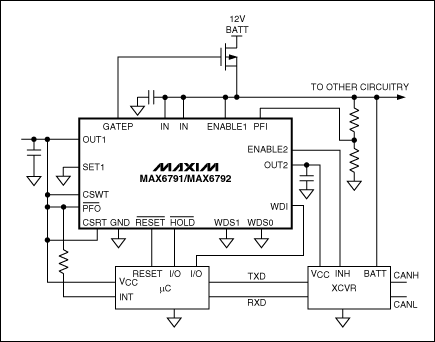
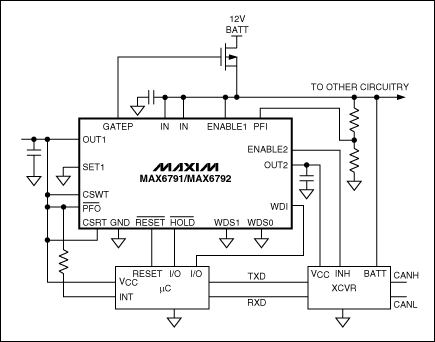
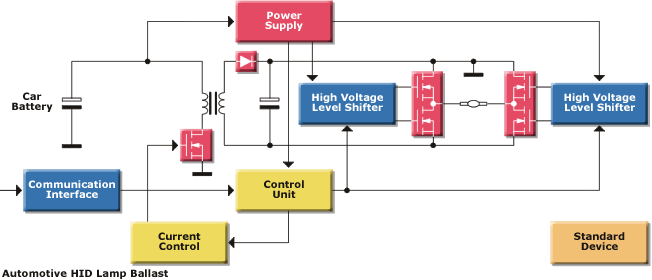

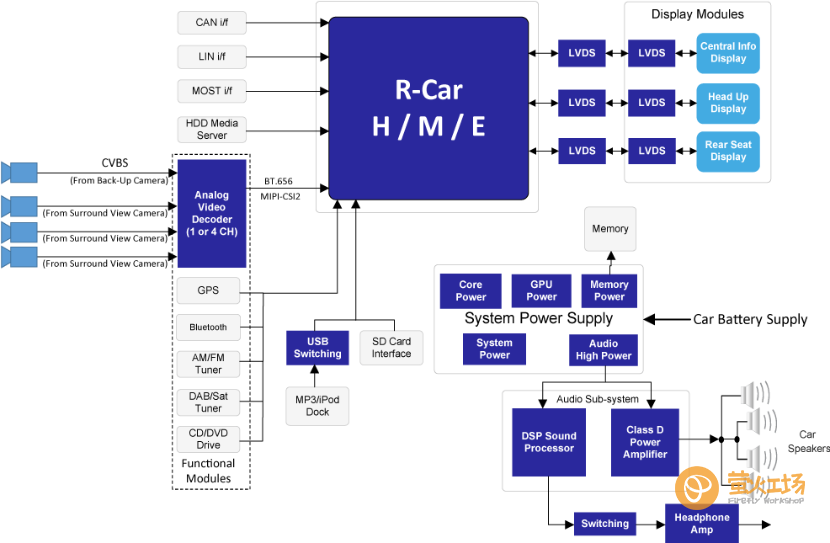
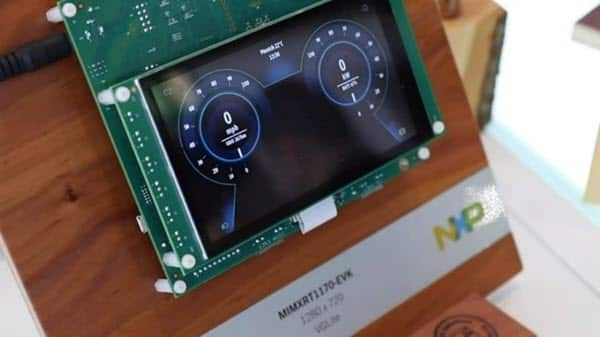
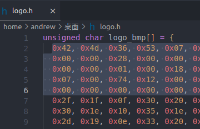











评论